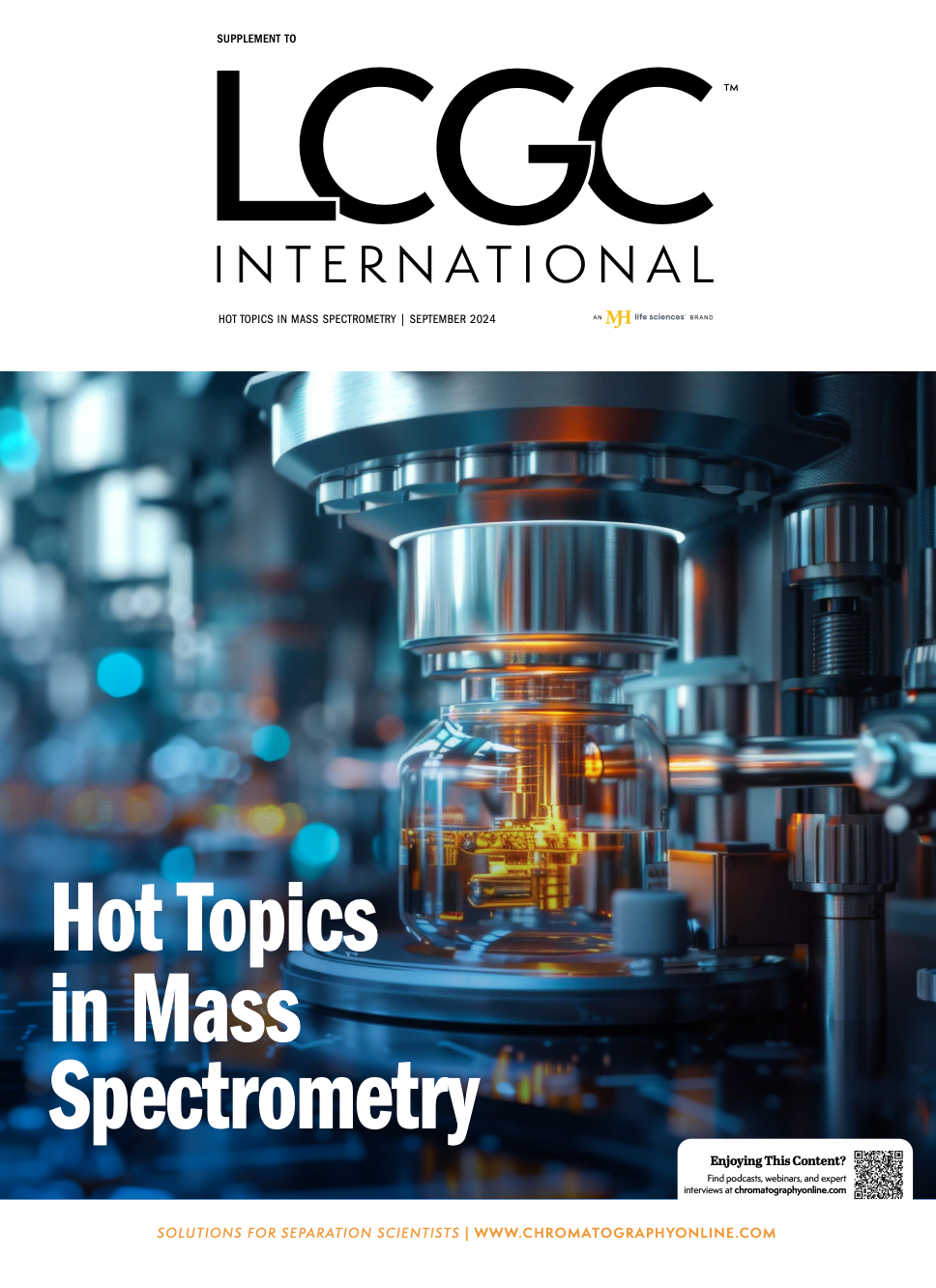Investigating Synthetic Cathinone Positional Isomers using LC–EAD-MS
Peng Che from Vrije Universiteit Amsterdam in the Netherlands discusses the benefits of hyphenating liquid chromatography (LC) with electron activated dissociation mass spectrometry (EAD-MS) to analyze cathinone positional isomers.
You recently published a paper titled “Identification of Synthetic Cathinone Positional Isomers using Electron Activated Dissociation Mass Spectrometry.” What was the rationale behind this project and who did you collaborate with?
The rationale behind the project stemmed from the need to distinguish positional isomers of synthetic cathinones, a prevalent class of new psychoactive substances in the Netherlands. These compounds often pose challenges in identification due to their structural similarity, making conventional mass spectrometric techniques challenging for reliable differentiation. The aim was to apply an advanced ion activation method, electron activated dissociation (EAD), to provide detailed fragmentation patterns that could help overcome these limitations.In terms of collaboration, this project involved a multidisciplinary team of experts. I collaborated closely with analytical chemists and computational chemometricians. Colleagues from the Sam Houston State University, who specialize in chemometrics, were crucial in developing and applying novel data analysis strategies. In addition, the street samples provided by from the Drugs Information Monitoring System (DIMS), Trimbos Institute make this work more society impactful.
You selected an LC–HRMS workflow incorporating electron activated dissociation (EAD) mass spectrometry (MS) and novel chemometrics. Firstly, can you define EAD-MS, what benefits it offers the analyst, and why it was chosen for this application?
EAD-MS is an ion activation technique that uses low-energy electrons to induce dissociation of molecular ions in a mass spectrometer. In fact, this study is a following-up study to our previous work titled “Electron activated dissociation—a complementary fragmentation technique to collision-induced dissociation for metabolite identification of synthetic cathinone positional isomers”. In this paper, we discovered that EAD technique generated unique fragment ions and ion rations, particularly for complex and closely related molecules like positional isomers, where conventional dissociation methods (like collision-induced dissociation, CID) may not provide clear isomer differentiation. We therefore continued to investigate on this aspect. The most striking benefit from EAD technique is that it can sometimes provide supplementary but crucial product ions to the CID method, which significantly help structural characterization and identification of analytes of interest.
What else is novel about this approach and can you elaborate on the chemometrics angle?
The novelty of this study lies in the combination of EAD with high-resolution mass spectrometry (HRMS) and advanced chemometric analysis for isomer identification. The chemometrics aspect allowed us to manage the complex datasets generated by the mass spectrometer. By applying statistical and machine learning techniques, such ast-SNE and the Random Forest(RF) algorithm, we could extract meaningful patterns and relationships from the data, facilitating the identification of isomeric compounds that may otherwise appear indistinguishable.
What were the main analytical challenges you faced and how did you overcome them?
High-resolution mass spectrometry data contains thousands of data points (depending on the scan range). We therefore decided to use nominal mass, which allowed us to handle the data more easily, as well as simplified the training and testing of our RF models. As this study represents an initial feasibility assessment of our approach using EAD MS2 data, nominal mass was a practical choice to establish baseline performance. Likewise, this makes the developed chemometric approach more broadly applicable beyond the confines of the current work.
Are there any particular problems associated with hyphenating EAD-MS and LC?
No problem was encountered while hyphenating LC system and EAD-MS. Externally, the hyphenation can be done in no time. EAD setting wise, since we would like to use the EAD method solely, some special attentions were paid to the parameters in EAD method based on our goals.
What were your main conclusions?
Our main findings demonstrated that EAD-MS successfully differentiates between positional isomers of synthetic cathinones. The distinct fragmentation patterns provided by EAD allowed us to identify the specific isomeric structure of each compound. The chemometric analysis further reinforced these findings, providing statistically sound classifications and reliable identification.
Are you intending to use LC–HRMS with EAD again and are there other areas where you think EAD-MS would be useful?
Yes, our team is certainly intending to continue using LC–HRMS with EAD for future work. Given its success in differentiating positional isomers and providing additional diagnostic product ions/ion-ratios for structural characterization, we believe this technique can be applied to other challenging cases. Potential areas where EAD-MS would be useful include natural product analysis, where isomeric or closely related compounds frequently occur; drug metabolism studies, to structurally characterized and identify some Phase II metabolites present in isomeric forms; and for environmental analysis applications, where pollutants and their transformation products often exist as isomeric mixtures.

New Method Explored for the Detection of CECs in Crops Irrigated with Contaminated Water
April 30th 2025This new study presents a validated QuEChERS–LC-MS/MS method for detecting eight persistent, mobile, and toxic substances in escarole, tomatoes, and tomato leaves irrigated with contaminated water.
Accelerating Monoclonal Antibody Quality Control: The Role of LC–MS in Upstream Bioprocessing
This study highlights the promising potential of LC–MS as a powerful tool for mAb quality control within the context of upstream processing.
University of Tasmania Researchers Explore Haloacetic Acid Determiniation in Water with capLC–MS
April 29th 2025Haloacetic acid detection has become important when analyzing drinking and swimming pool water. University of Tasmania researchers have begun applying capillary liquid chromatography as a means of detecting these substances.

.png&w=3840&q=75)

.png&w=3840&q=75)



.png&w=3840&q=75)



.png&w=3840&q=75)








